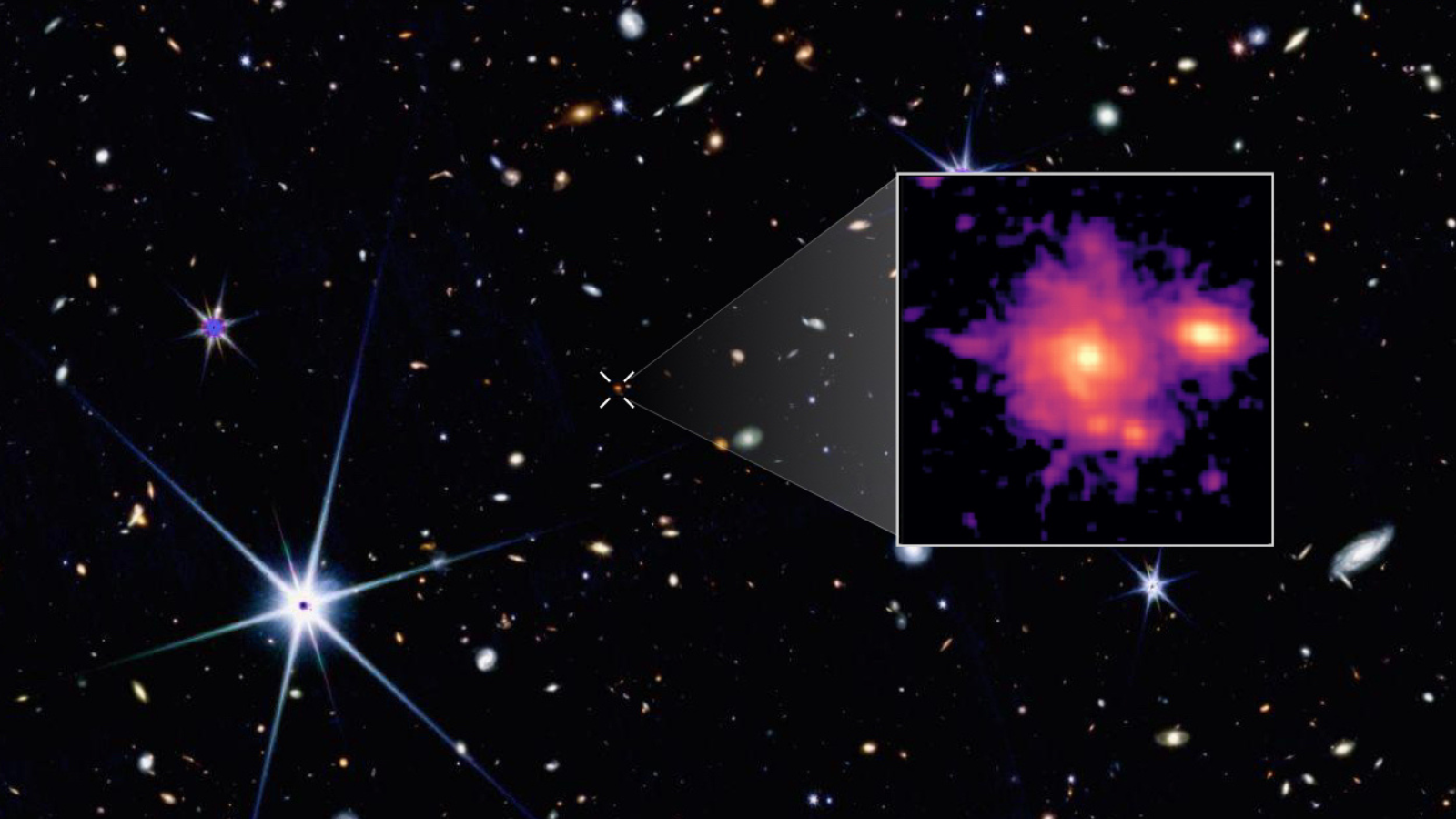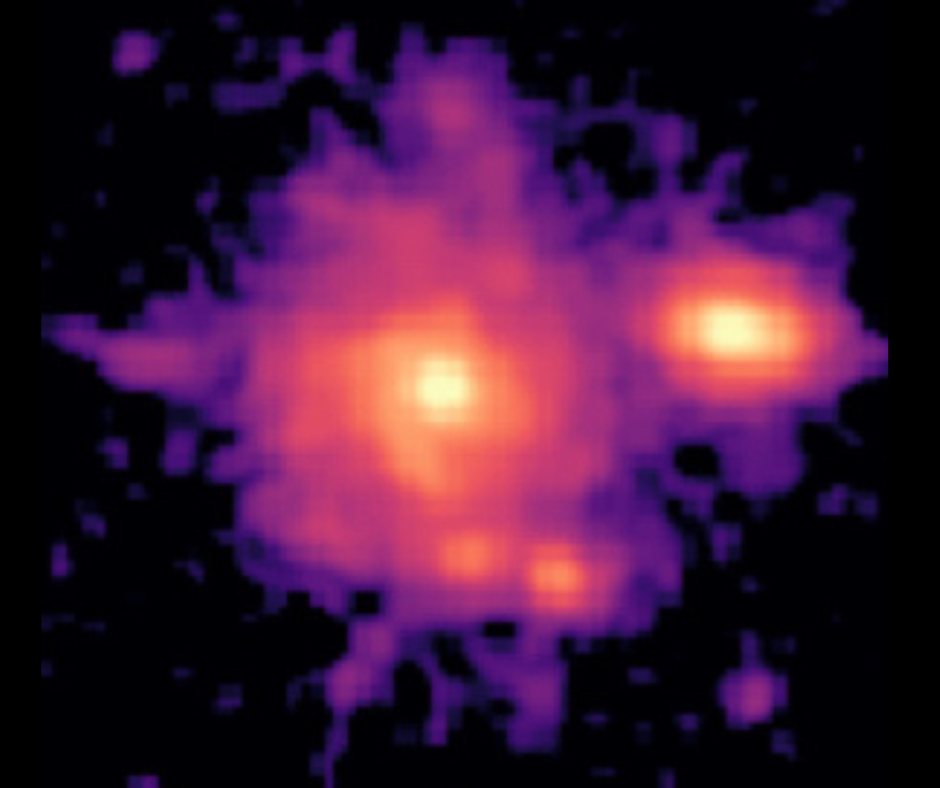
Astronomers have discovered the most distant and thus earliest spiral galaxy ever seen, using the James Webb Space Telescope (JWST). This "twin" of the Milky Way existed just 1 billion years after the Big Bang, challenging our theories of galactic evolution.
Previously, it was believed that galaxies like ours would take billions of years to form distinct features like spiral arms, vast star-forming disks, and central bulges of densely packed stars. Yet, rather than being the expected chaotic galactic blob, those well-ordered features appear to be present in this galaxy, which is so distant that its light has taken 12.8 billion years to reach us.
"We named this galaxy Zhúlóng, meaning 'Torch Dragon' in Chinese mythology. In the myth, Zhúlóng is a powerful red solar dragon that creates day and night by opening and closing its eyes, symbolizing light and cosmic time," team leader Mengyuan Xiao of the University of Geneva (UNIGE) said in a statement. "What makes Zhúlóng stand out is just how much it resembles the Milky Way in shape, size, and stellar mass."
Another similarity between the Milky Way and this early cosmic dragon galaxy is the sizes of their stellar disks and the masses of those regions. Zhúlóng's disk spans around 60,000 light-years and has a mass of 100 billion times that of the sun. The Milky Way's disk is slightly wider at 100,000 light-years wide with a stellar mass estimated at around 46 billion solar masses.

Zhúlóng was discovered in images collected during the JWST's ANORAMIC survey (GO-2514). This wide-area extragalactic program led by Christina Williams (NOIRLab) and Oesch (UNIGE) exploits a special mode of the $10 billion telescope called "pure parallel," which allows it to collect high-quality images of one object whilst also collecting data from other targets.
"This allows JWST to map large areas of the sky, which is essential for discovering massive galaxies, as they are incredibly rare," Williams said. "This discovery highlights the potential of pure parallel programs for uncovering rare, distant objects that stress-test galaxy formation models."
In the future, scientists could use the JWST and the Atacama Large Millimeter Array (ALMA), a collection of 66 radio telescopes located in the Atacama desert region of northern Chile, to further investigate the qualities of Zhúlóng.
This could reveal the formation history of this well-ordered galaxy, explaining how a "grand design" spiral galaxy came to exist in the early universe.
"This discovery shows how JWST is fundamentally changing our view of the early universe," Oesch said.
The team's research was published on wednesday (April 16) in the journal Astronomy & Astrophysics.







